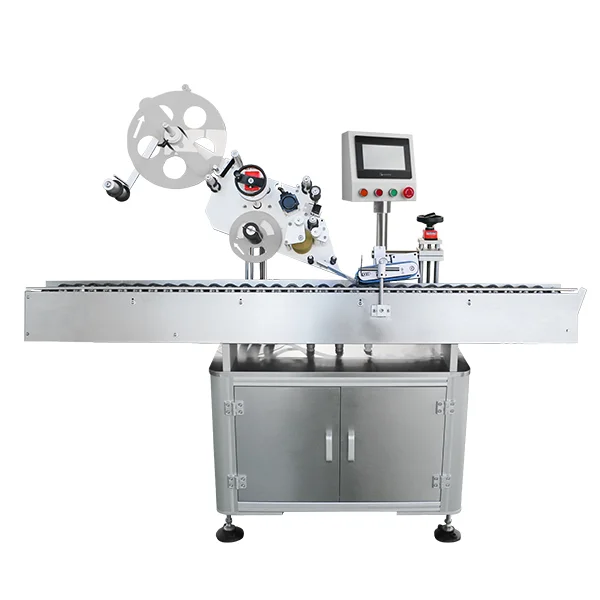When it comes to choosing materials for furniture, cabinetry, and various construction projects, melamine boards have gained significant popularity due to their affordability, versatility, and aesthetic appeal. However, a common question arises among consumers and professionals alike: Can melamine board get wet? This article delves into the properties of melamine boards, their resistance to moisture, and the implications of water exposure on their longevity and performance.
Understanding Melamine Boards
Melamine boards are engineered wood products made by applying a melamine resin to particleboard or medium-density fiberboard (MDF). This process creates a durable surface that is resistant to scratches, stains, and heat. The melamine coating also allows for a wide range of colors and finishes, making these boards an attractive option for various applications, from kitchen cabinets to office furniture.
Moisture Resistance of Melamine Boards
While melamine boards are designed to be more resistant to moisture than untreated wood, they are not entirely waterproof. The melamine surface provides a certain level of protection against spills and humidity, but prolonged exposure to water can lead to significant damage. Here are some key points to consider:
- Surface Protection: The melamine coating acts as a barrier against moisture, making it suitable for areas with occasional splashes or high humidity, such as kitchens and bathrooms. However, it is essential to clean up spills promptly to prevent water from seeping into the edges or seams.
- Edge Sealing: One of the most vulnerable areas of melamine boards is the edges, where the particleboard or MDF is exposed. If these edges are not properly sealed, they can absorb moisture, leading to swelling, warping, and deterioration. For applications in high-moisture environments, it is advisable to use edge banding or sealants to enhance water resistance.
- Long-Term Exposure: Continuous exposure to water can compromise the integrity of melamine boards. If a melamine board is submerged in water or subjected to high humidity for an extended period, the underlying particleboard or MDF can swell and lose its structural integrity. This can result in visible damage and may necessitate replacement.
Practical Applications and Recommendations
When considering melamine boards for specific applications, it is crucial to assess the environment in which they will be used. Here are some practical recommendations:
- Kitchens: Melamine boards are commonly used for kitchen cabinets and countertops. While they can handle occasional spills, it is vital to wipe up any water immediately and ensure that edges are sealed to prevent moisture absorption.
- Bathrooms: In bathrooms, melamine boards can be used for cabinetry, but it is essential to choose products specifically designed for high-moisture areas. Look for boards with enhanced moisture resistance and ensure proper ventilation to minimize humidity levels.
- Outdoor Use: Melamine boards are not suitable for outdoor applications due to their susceptibility to moisture and temperature fluctuations. For outdoor furniture or structures, consider using materials specifically designed for exterior use, such as treated wood or composite materials.
Conclusion
In summary, while melamine boards offer a level of moisture resistance, they are not impervious to water damage. Understanding their limitations and taking appropriate precautions can help extend their lifespan and maintain their appearance. For environments where moisture is a concern, proper sealing and maintenance are essential. By making informed choices, consumers and professionals can enjoy the benefits of melamine boards while minimizing the risks associated with water exposure.


